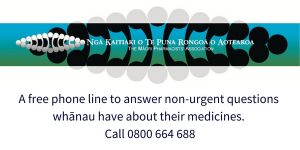An iron infusion is an iron injection given into your bloodstream through a vein. It is also called intravenous or IV. The infusion is given slowly and can take from 15 minutes up to several hours depending on the type of iron used.
Giving iron in this way increases the amount of iron stored in your body and can be used to help to treat iron deficiency (low levels of iron in your blood).
There are a few types of iron infusion available. These include:
- iron polymaltose (Ferrosig®)
- ferric carboxymaltose (Ferinject®).
Which type your doctor will prescribe depends on your age, risk factors (eg, kidney problems), what dose you need and how quickly the iron needs to be given.
| You may be given a prescription to collect the iron infusion from your pharmacy to bring to the GP surgery, clinic or hospital. The iron infusion can be stored at room temperature. Don't store it in the fridge because it can affect the product. |









